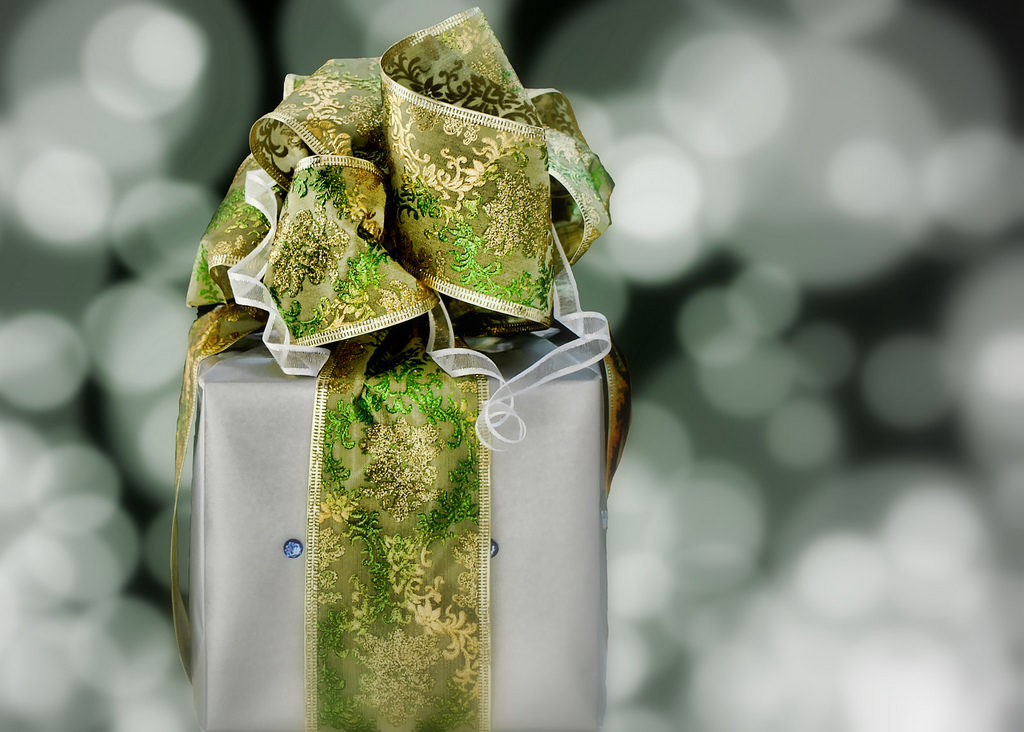The biggest book-buying season is upon us, so authors, publishers and retailers are keen to see which books will be the most popular for gift-giving. At Page Two, we feel that books make the ultimate gift, especially when compelling content is offered in a package that’s exquisitely produced. We often advise our clients on best practices for book packaging, including design, format, size, and cover finishing. Careful considerations go into all book packaging decisions, and a thoughtful approach can yield brilliant results. Here are some things you might want to consider for your book:
Size matters
There’s a reason that books in certain categories tend to look alike. Printing in standard sizes such as 6 x 9 inches tends to be cheaper than printing at unusual trim sizes. And there are other strategic reasons for following a category’s form. If you’re publishing a workbook with sections that are meant to be written in, like our client Shelley Ugyan’s Food Freedom, a trim size like 8 x 10 or 8.5 x 11 is ideal because it the pages will lie flat, making the writing process more comfortable. Sometimes creating a slightly unusual trim size can also help a book stand out: our client Michael Bungay Stanier’s forthcoming leadership book The Coaching Habit is a neat little package at 5.25 x 7.5: slightly smaller and more square-shaped than most standard business books, it looks as fun and accessible on the outside as it is on the inside. And for those of us concerned with sustainability, 5.5 x 8.5 is the most environmentally sound because it produces the least waste on the printer’s end.
Bells and whistles
Printers will offer a wide variety of options to enhance your book’s package. Sometimes the spectrum of possibilities can be overwhelming, so we counsel our clients to consider options that contribute meaningfully to the book’s impact. Our client Sharone Bar-David chose to emboss the original paperback edition of her book Trust Your Canary, creating a raised effect on some key elements of the front cover that add a subtle yet beautiful element of texture. Similarly, a spot gloss on an otherwise matte cover can draw attention to a particular part of an image. These kinds of special effects contribute to the printing cost, but it’s worth inquiring about a variety of options because some are much less expensive than others. Our advice is to be judicious and selective: when it comes to bells-and-whistles on a book, there’s no sense in going overboard and adding many extra effects just for the sake of it. A little goes a long way.
Hardcover vs paperback
In traditional publishing, the question of printing a book in hardcover vs paperback was fairly straightforward. In recent decades, books in most categories were originally released in hardcover, then they were released in paperback one year later and sometimes subsequently in smaller, cheaper, mass-market paperback editions. Currently, book retail pricing is under more downward pressure than ever, given market forces such as simultaneous ebook releases and big-box retailer discounting of hardcover editions. Many publishers and authors are forgoing printing a more expensive hardcover edition and releasing their books in original trade paperback editions instead, alongside their ebook counterparts. There are no hard-and-fast rules anymore, so we counsel our clients to consider the needs and expectations of their audience when considering the question of format. Will releasing an inexpensive trade paperback make the book more accessible to a wider variety of readers? Will the book’s market prefer a high-end hardcover edition if a book is designed as gift item, despite the high retail price it might command? Would it make sense to release an inexpensive ebook edition alongside a premium hardcover edition so that you can reach two different segments of your market? Consider what your audience wants, and what you think their wallets will bear.
Page Two wishes all of you a happy holiday season, filled with peace, joy, and books that come in all shapes and sizes.




